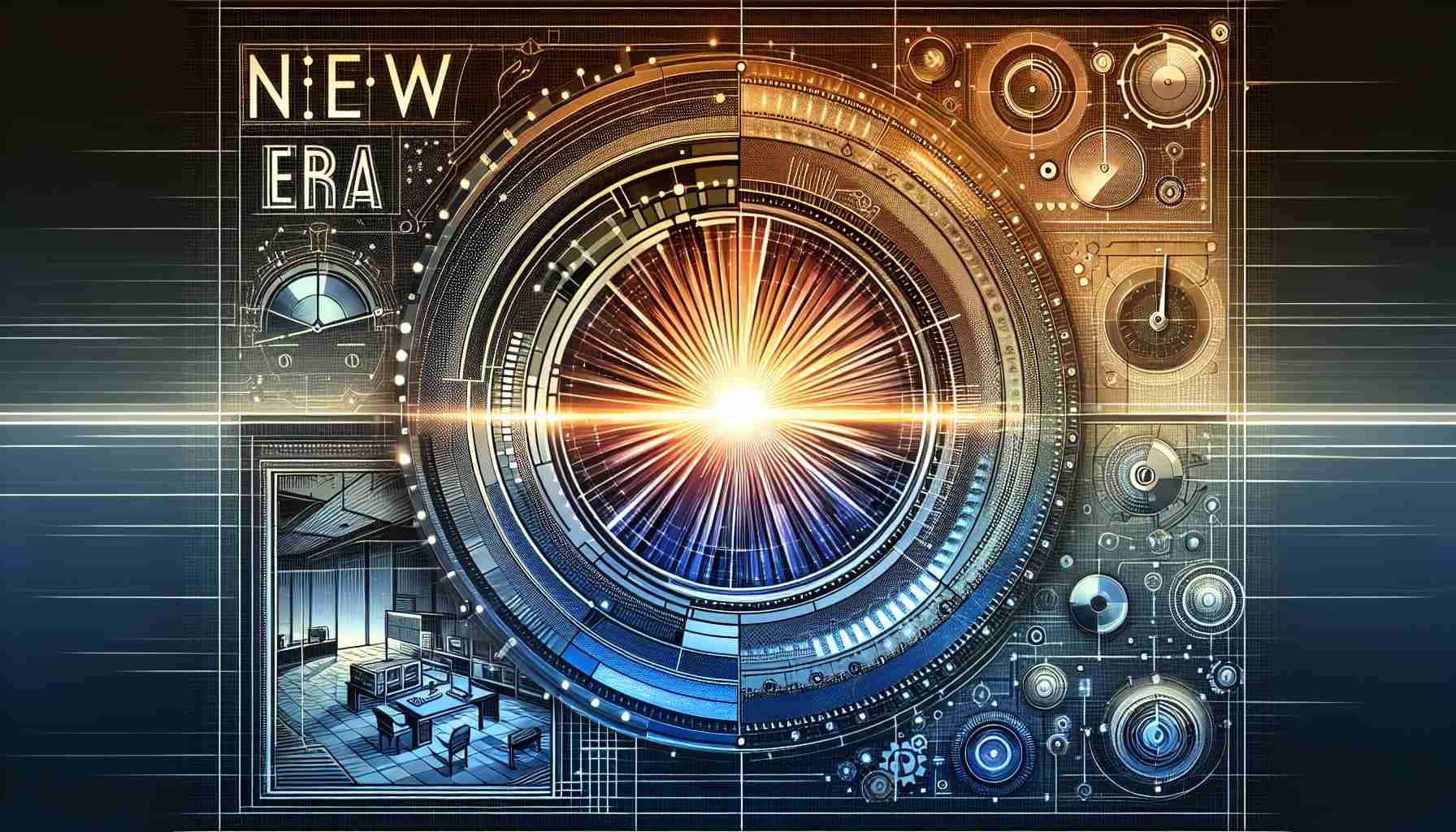- Researchers are utilizing advanced technologies to improve earthquake prediction and understanding.
- AI and machine learning can process seismic data quickly, leading to more accurate and timely earthquake predictions.
- Distributed Acoustic Sensing (DAS) leverages global fiber optic networks for high-precision ground vibration detection.
- Quantum sensors may detect gravitational anomalies related to earthquakes, offering groundbreaking prediction possibilities.
- These innovations mark a potential revolution in seismology, enhancing our ability to predict and respond to earthquakes worldwide.
In the quest to better understand and predict earthquakes, researchers are turning to cutting-edge technologies that promise significant advancements in the field. Traditionally, earthquakes have been monitored using seismographs, but as technology evolves, so do the methods of detection and analysis.
AI and Machine Learning are now at the forefront, offering incredible potential to “learn” patterns associated with seismic activities. AI systems are capable of processing vast amounts of data significantly faster than human analysts, enabling more accurate and timely predictions. These advancements could dramatically reduce the time it takes to issue warnings, potentially saving lives and reducing property damage.
Another game-changing technology is the use of Distributed Acoustic Sensing (DAS). DAS utilizes fiber optic cables, which are already installed globally for telecommunications, to detect ground vibrations with unprecedented precision. This method turns existing infrastructure into a hypersensitive network capable of detecting even the smallest tremors, providing comprehensive seismic data in real time.
Furthermore, Quantum Sensors are emerging as a promising tool for the future. With their extraordinary sensitivity, quantum sensors might detect gravitational anomalies preceding an earthquake, offering a potential leap in prediction capabilities.
As these technologies continue to develop, the future of earthquake detection is heading towards a revolutionary shift. By leveraging AI, DAS, and quantum sensors, seismology stands on the brink of a technological renaissance, aiming for enhanced prediction accuracy, which could ultimately reshape how we respond to earthquakes globally.
Revolutionizing Earthquake Prediction: The Cutting-Edge Technologies Shaping Our Future
How are AI and machine learning reshaping earthquake prediction?
AI and machine learning have become critical components in the evolution of earthquake prediction strategies. These technologies enable the analysis of massive datasets at unprecedented speeds, uncovering patterns that could predict seismic events. Specifically, AI systems are capable of recognizing subtle signs of stress accumulation along geological fault lines, potentially allowing for earlier and more accurate earthquake warnings. Furthermore, machine learning algorithms can continuously improve their predictive accuracy as they process new seismic data.
What role does Distributed Acoustic Sensing (DAS) play in modern seismology?
Distributed Acoustic Sensing (DAS) is revolutionizing how scientists monitor seismic activities by transforming existing fiber optic networks into sensitive seismic arrays. The technique involves sending laser pulses through fiber optic cables to detect vibrations along their lengths. This real-time monitoring capability allows for the detection of minor tremors and offers a dense coverage area that traditional seismographs typically lack. DAS enables rapid response to seismic events and could significantly enhance our understanding of underground fault movements.
Can quantum sensors offer a groundbreaking approach to earthquake detection?
Quantum sensors are emerging as a potentially transformative tool in the field of seismology. These sensors utilize quantum properties of particles to achieve extraordinary levels of sensitivity, potentially detecting minute gravitational changes that could precede earthquakes. By identifying these gravitational anomalies, quantum sensors might provide a crucial early warning system, offering an additional method to traditional seismological equipment and improving the timeliness and accuracy of earthquake forecasts.
For more in-depth information and resources, consider exploring these authoritative sites:
– U.S. Geological Survey
– Incorporated Research Institutions for Seismology



